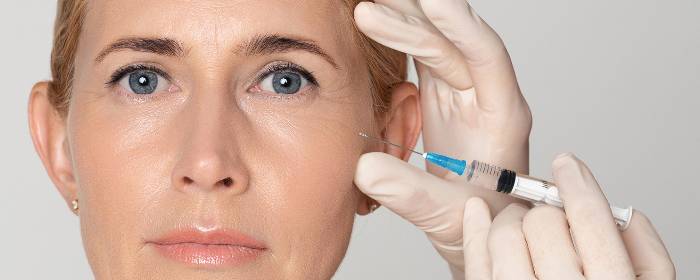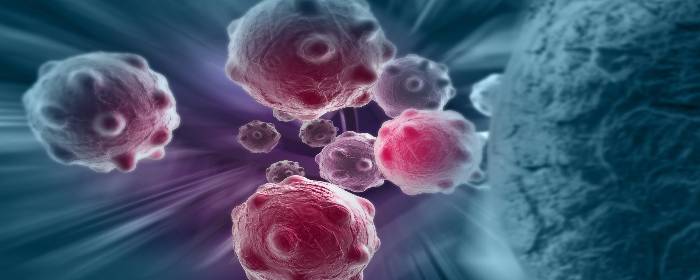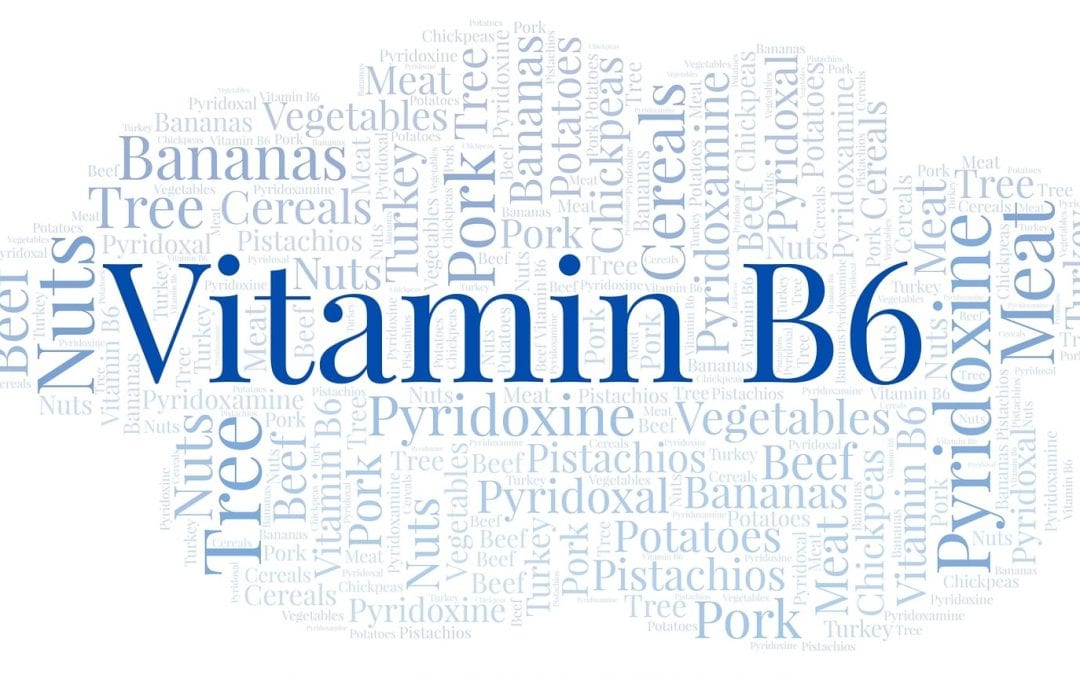
Fat Graft with Stem Cells Treats Aging Skin
No matter how young we may feel, our aging skin often gives our age away. As we age, we lose important proteins in the skin like collagen and elastin. We also lose a thin layer of fat that lies just below the skin. Without this fat and protein, the skin sags and loses its elasticity (“bounce back”) appearing thin and wrinkly.
One of the main skin rejuvenation techniques is to inject fat into aging skin. In its most basic form, a bit of fat is removed from the patient via liposuction and injected into an area of aging skin. These transplanted fat cells give the skin a plumper appearance and seem to turn back the clock on skin aging. However, mature fat cells do not last forever, and many people need to have repeated skin rejuvenation procedures to maintain the effect.
More recently, however, physicians have realized that they achieve better results when they include stem cells in their fat grafts. The mature fat cells provide a beauty benefit immediately, while stem cells help maintain the effect longer. Some physicians have taken the procedure so far as to only inject stem cells and remove mature fat cells completely. While this approach seems reasonable, is unclear whether the stem cell-only approach is actually superior.
While the benefit of fat grafts that include stem cells is widely known, it is unclear how the process works. By understanding the process, researchers hope to learn what provides the strongest antiaging effect. To help them better understand the skin rejuvenation process of fat-derived stem cells, researchers performed liposuction on several patients and then reinjected fat cells and stem cells into areas of aging skin. Three months later, the researchers took samples of the skin to see what effect the combination of fat cells and stem cells had on the skin structure.
While the specific results are quite complex, researchers found that a fat graft that included adipose-derived stem cells improved the elasticity of the skin by creating what is known as an “oxytalan elastic network.” These fibers helped to smooth out the skin and allowed it to retain more moisture than it did before skin rejuvenation treatment.
Perhaps most importantly for patients, the skin rejuvenation procedure left patients with fuller, younger-looking skin.
The researchers concluded that the most beneficial skin rejuvenation approach is to inject a combination of fat cells and stem cells derived from fatty tissue. The benefits were the same as those obtained by injecting stem cells alone. The researchers argue that the combination approach provides a good clinical benefit with the added benefits of being easier to perform, cheaper, and less prone to complications.
Reference: Charles-de-Sá, L. et al. (2015). Antiaging treatment of the facial skin by fat graft and adipose-derived stem cells. Plastic and Reconstructive Surgery. 2015 Apr;135(4):999-1009.

Managing Erectile Dysfunction with Stem Cells
The little blue pill brought erectile dysfunction from out of the shadows and into our shared awareness. Erectile dysfunction affects millions of men and, in turn, their sexual partners. The condition can undermine a man’s sense of self-worth, self-esteem, and masculinity. While the little blue pill has been instrumental in getting men with erectile dysfunction to ask their doctors about treatment, that same pill does not work for every man. Indeed, countless men fail to achieve successful erections even after taking oral erectile dysfunction medication.
In one of the first clinical studies of its kind, urologists at a medical practice in Florida tested the effects of mesenchymal stem cell treatments in men with erectile dysfunction. They selected eight men with erectile dysfunction who could not achieve erections even after oral medications. The men received mesenchymal stem cells that were derived from human placenta (also known as afterbirth). The urologists then followed the men for six months after treatment, testing blood flow, penile size, and erectile function.
The men treated with mesenchymal stem cells had a statistically significant increase in penile blood flow at six weeks, three months, and six months after treatment. Three men were able to achieve erections within three months of treatment without oral erectile dysfunction medication. After stem cell treatment, four other men were able to achieve erections with low-dose oral erectile dysfunction medication (which had previously been ineffective).
Importantly, the treatment was well-tolerated by all men in the study, which is an important milestone for continuing this research.
The study is potentially groundbreaking as it opens the door to larger clinical studies in men with erectile dysfunction. Indeed, nearly two dozen clinical trials are now studying the effects of stem cell treatment for erectile dysfunction. These early results are exciting, and offer hope to men with erectile dysfunction, especially those for whom oral medications have failed.
Reference: Levy, JA (2016). Determining the Feasibility of Managing Erectile Dysfunction in Humans With Placental-Derived Stem Cells. The Journal of the American Osteopathic Association. 2016 Jan;116(1):e1-5.

How Exosomes Can Improve Stem Cell Therapy
Given the limitations of several conventional methods to treat a wide variety of diseases and injuries, stem cell therapy has begun to gain in popularity. The evidence supporting the field of Regenerative Medicine, which involves using stem cells to regenerate healthy, functional tissue, has indeed been accumulating in recent years.
There are a number of different types of stem cells that have been explored for their therapeutic potential. Mesenchymal stem cells have become a preferred option for therapy because of their ability to differentiate into several different types of adult tissue and to be transplanted safely and effectively into patients.
One-way mesenchymal stem cells confer their therapeutic benefits is through paracrine effects that are achieved by the secretion of extracellular vesicles, some of which are exosomes. Exosomes are between 30 and 100 nanometers (nms) in diameter and exist in blood, cerebrospinal fluid, and other bodily fluids.
A recent review, published in Cell Transplantation, covered research showing that mesenchymal stem cell exosomes are therapeutically advantageous for the management of several conditions, including Parkinson’s disease, osteoarthritis, and stroke.
The review discusses, for instance how in models of Parkinson’s disease, exosomes have been shown to provide neuroprotection. MSC-derived exosomes also appear to inhibit inflammation in the context of osteoarthritis and also to stimulate repair in damaged tissue. Further, specific exosome biomarkers, miR-9 and miR-124, have proven to be promising in diagnosing the severity of stroke.
Based on recent research covered in this review, stem cell-derived exosomes have significant therapeutic potential. Though this review focuses specifically on the relevance of exosomes in Parkinson’s disease, osteoarthritis, and stroke, exosomes will likely provide benefits for patients in a variety of contexts and will prove to be an important part of Regenerative Medicine.
Reference
Chang, Y-H, et al. (2018). Exosomes and stem cells in degenerative disease diagnosis and therapy. Cell Transplantation, 27(3), 349-363.

How Vitamin B6 Boosts Brain & Overall Health
B vitamins have a powerful impact on the body, contributing to a broad range of processes that help us function every day. The eight B vitamins aid in converting food into fuel to support the metabolism. They’re also vital to blood cell development, brain and liver function, eyesight, and maintaining vibrant skin and nails. Yet, of the eight B vitamins, there’s one standout contender which has an especially important job: vitamin B6.
The Power of Vitamin B6
Also known as pyridoxine, vitamin B6 is essential for nervous system health and brain development. It is used in the production of hemoglobin, the critical protein which helps transport oxygen throughout the body via blood. It also supports a healthy immune system.
While B6 is critical for brain development in children, it’s also needed to support brain health at every age. The vitamin supports the production of key hormones, including serotonin. This neurotransmitter contributes to feelings of happiness and wellbeing, but its complex biological function extends far beyond mood regulation. In fact, serotonin also modulates cognition, memory, and various physiological processes.
Vitamin B6 also helps the body produce melatonin, the hormone that corresponds with daylight and helps us maintain healthy sleep patterns. Melatonin production declines naturally with age, and emerging research is exploring the connection between the hormone and reduced cognitive function in people with dementia.
To that end, researchers are also studying the impact of B vitamins on aging brains. Some studies suggest a combination of B6, B12, and folate could minimize age-related memory loss and cognitive decline, while also reducing the risk of Alzheimer’s.
How Much B6 Do You Need?
Recommended daily values for B6 change with age and you should always consult with your physician before adding any supplements to your daily regimen. While children need relatively little (just 0.5 mg for children aged 1 to 3, for example), men and women aged 19 to 50 should aim for 1.3 mg per day. For men aged 51 and over, 1.7 mg is recommended, while women of the same ages should stick to 1.5 mg. With that said, vitamin B6 is water soluble, meaning that any excess amount you take in that the body cannot use will exit as waste. Thus, unlike fat-soluble vitamins which are absorbed by the body when taken in excess, B6 and other water-soluble vitamins pose very little threat of toxicity.
What Are Some Good Sources of B6?
Some people with chronic diseases, including Crohn’s disease, celiac disease, and ulcerative colitis could be at risk of vitamin deficiencies and should speak with their healthcare providers about alternate means of ensuring ample nutrition. Most other people who eat a healthy, varied diet with plenty of whole foods are likely to take in adequate amounts of B6.
Yet, it’s not always easy to maintain optimal eating habits with every meal, which is why it may be a good idea to pay close attention to your B6 intake. Meat, poultry, and fish are rich in B6, so people following plant-based diets could be more likely to get lower amounts of B6. Chickpeas, nuts, beans, bananas, and potatoes also contain the vitamin, however.
If you’re concerned about your vitamin B6 intake, you might consider discussing supplements with your doctor. B6 is available in both multivitamins and as a standalone supplement. Taking a daily vitamin can help fill in any nutritional gaps in your diet, and as further research is conducted, it may also be confirmed that increasing the intake of this powerful vitamin could benefit populations with cognitive or health concerns.

 St. Petersburg, Florida
St. Petersburg, Florida
